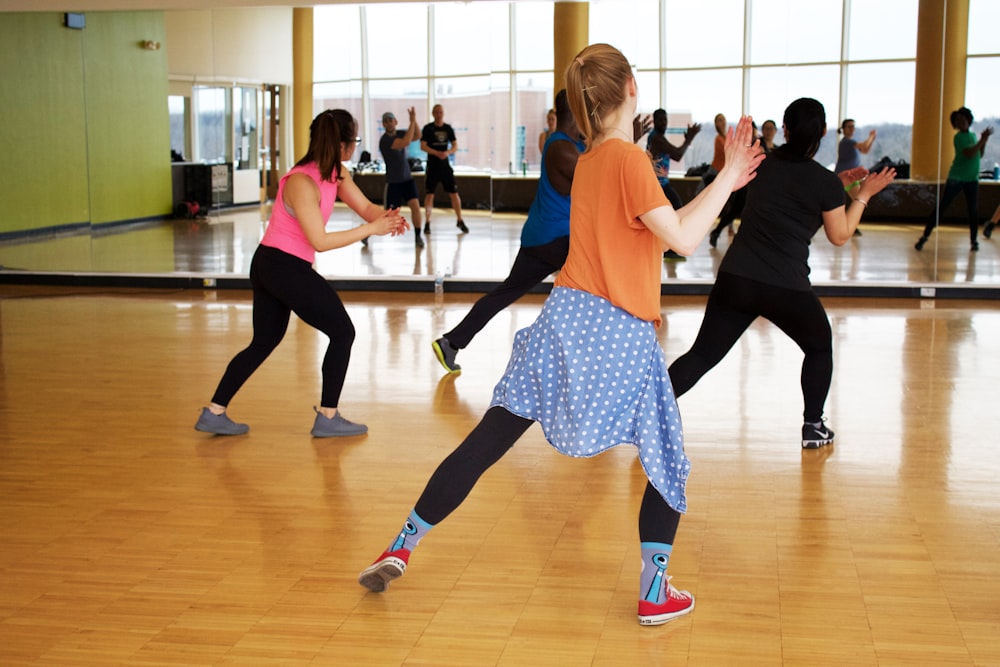Effective Warm-Up Exercises for All Fitness Levels
The Importance of Effective Warm-Up Exercises
Preventing Injuries:
One of the primary reasons for incorporating effective warm-up exercises into your fitness routine is to prevent injuries. A proper warm-up helps increase blood flow to the muscles, improves flexibility, and prepares your body for the physical demands of exercise.
Muscle Activation:
Effective warm-up exercises also help activate the muscles you’ll be using during your workout. This activation not only enhances performance but also reduces the risk of muscle strains or imbalances during exercise.
Improved Performance:
By priming your body with a thorough warm-up, you can experience improved performance in your workouts. Warm muscles contract more efficiently, leading to better strength, power, and endurance during exercises like weightlifting, cardio, or sports activities.
Enhanced Flexibility:
Warm-up exercises that focus on dynamic stretching and mobility can significantly enhance your flexibility. Increased flexibility not only improves your range of motion but also allows you to perform exercises with proper form, reducing the risk of injuries.
Joint Mobility:
Warm-up routines that include exercises targeting joint mobility are crucial for overall joint health. Improved joint mobility ensures smoother movement patterns and reduces the strain on joints during workouts, leading to a lower risk of overuse injuries.
Core Activation:
A well-rounded warm-up should include exercises that activate your core muscles. A strong and engaged core provides stability and support during various exercises, enhancing overall performance and reducing the risk of back injuries.
Specific Warm-Up for Activities:
Tailoring your warm-up to the specific activities you’ll be performing is essential for optimal results. For example, a dynamic warm-up before strength training may include exercises like squats, lunges, and shoulder rotations, while a warm-up for running may include dynamic stretches and light jogging.
Gradual Intensity Increase:
Effective warm-up routines typically start with low-intensity movements and gradually increase in intensity. This gradual progression allows your body to adjust to the demands of exercise, minimizing the risk of sudden strain or shock to your muscles and cardiovascular system.
Mind-Body Connection:
Warm-up exercises also help establish a strong mind-body connection. By focusing on proper form, breathing techniques, and body awareness during warm-up, you can carry these principles into your main workout, maximizing efficiency and reducing the likelihood of injuries due to poor technique.
Consistency and Adaptation:
Lastly, incorporating effective warm-up exercises into your fitness routine consistently allows your body to adapt and improve over time. Consistent warm-up routines contribute to better overall fitness, increased performance, and a reduced risk of injuries in the long run.
In Summary:
Effective warm-up exercises play a crucial role in injury prevention, muscle activation, improved performance, enhanced flexibility, joint health, core strength, activity-specific preparation, gradual intensity increase, mind-body connection, and long-term fitness benefits. Incorporating a well-rounded warm-up routine tailored to your needs and activities is key to a safe, effective, and enjoyable workout experience. Read more about Effective warm-up exercises









